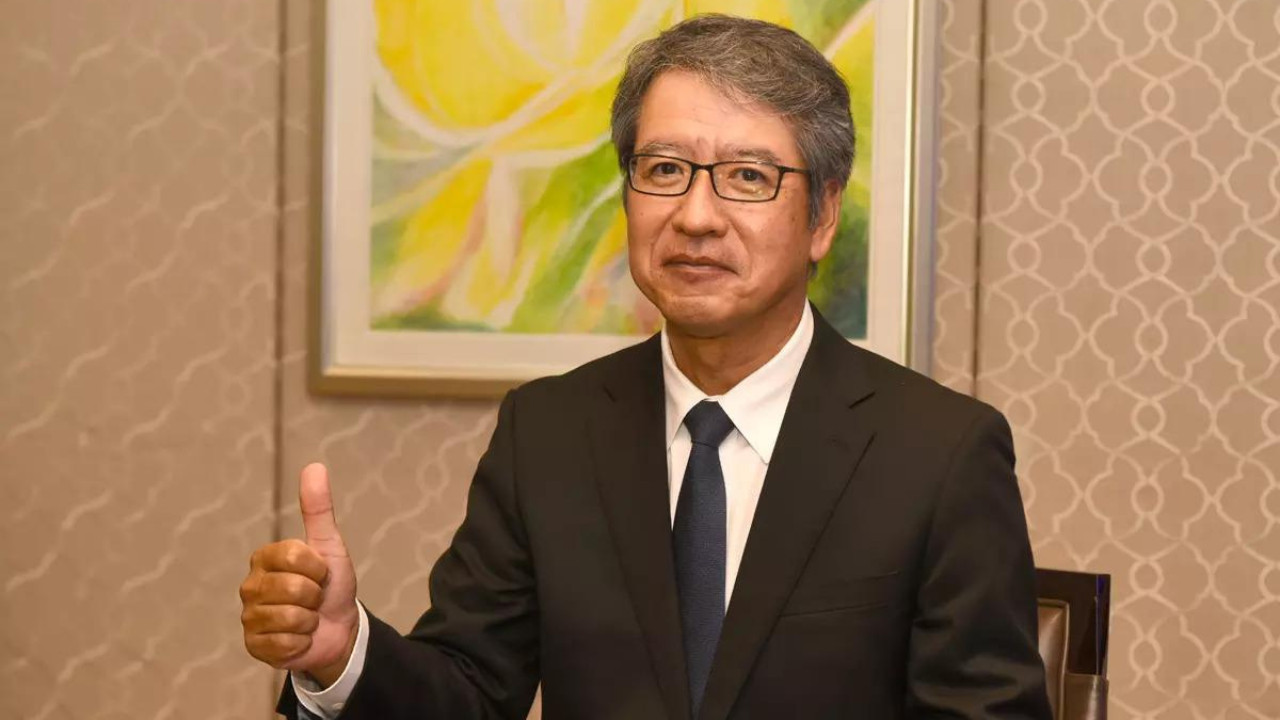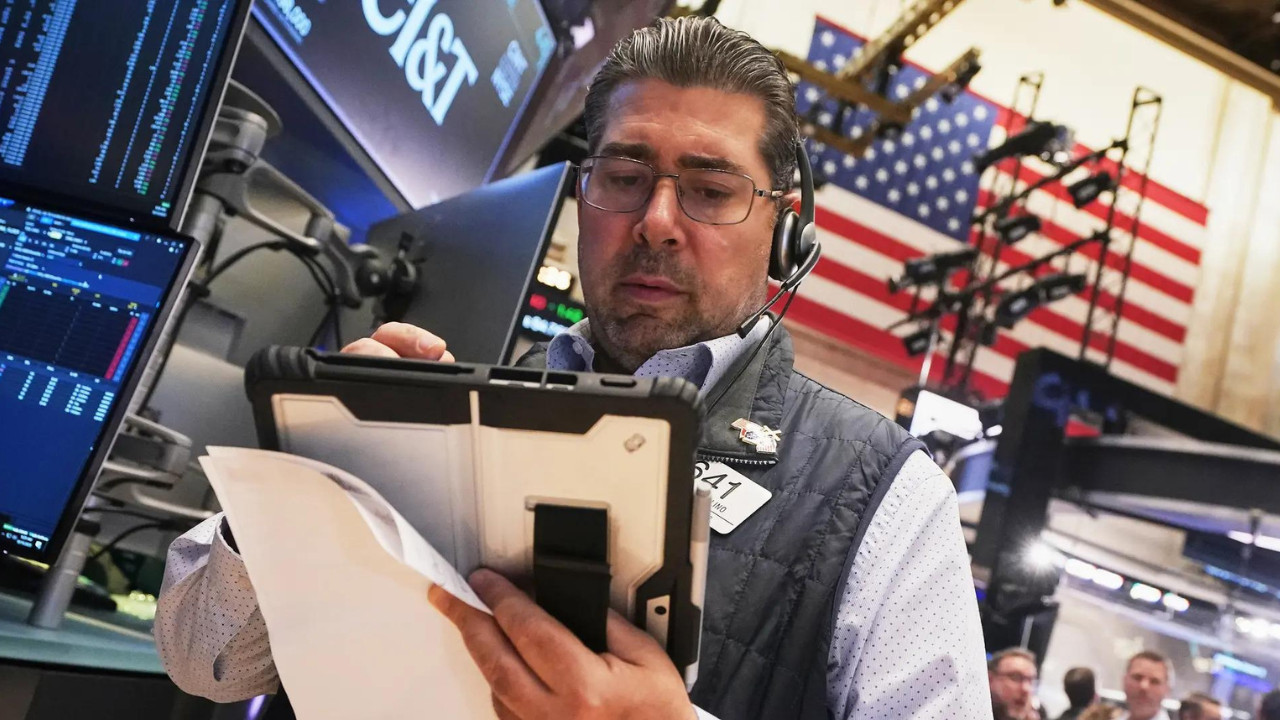India is poised to become a global manufacturing leader. Maruti Suzuki India’s MD and CEO, Hisashi Takeuchi, highlighted India’s strengths. These include a large workforce and a growing economy. Government support and innovation are also key. He cited policy stability as crucial for realizing this potential. India aims to be a trusted and sustainable manufacturing hub.
India’s Manufacturing Moment: Can Policy Stability Unlock Global Leadership?
The world’s economic gaze is increasingly drawn eastward, and for good reason. Recent pronouncements from industry leaders paint a compelling picture: India is not just participating in the global manufacturing landscape, it’s poised to potentially dominate it in the coming decades. But this isn’t a guaranteed destiny. As Hisashi Takeuchi, Managing Director of Maruti Suzuki, recently articulated, India’s ascent hinges on a crucial factor: sustained policy stability.
India already boasts a potent mix of advantages. A young, dynamic workforce, a burgeoning domestic market, and a growing entrepreneurial spirit are undeniable assets. We’ve seen impressive growth across sectors, from automotive to technology, fuelled by both domestic demand and increasing exports. But these strengths alone are not enough to secure a leadership position on the global stage.
The Policy Cornerstone: Why Stability Matters for Manufacturing Growth
Takeuchi’s emphasis on policy stability highlights a critical point often overlooked in discussions of economic potential. Businesses, especially those making large-scale investments in manufacturing, crave predictability. Imagine building a factory with a 20-year lifespan only to find that the government’s industrial policy shifts dramatically halfway through, rendering your investment obsolete. This isn’t just about tax breaks or subsidies (though those are important too); it’s about creating a consistent and reliable regulatory environment.
Think of it like planting a tree. You need fertile ground (India’s demographic dividend), water and sunlight (investment and innovation), but you also need to protect it from sudden storms (policy reversals). A stable policy environment fosters long-term planning, encourages foreign direct investment, and empowers domestic companies to scale up their operations with confidence. It allows businesses to focus on what they do best: innovating, producing, and creating jobs.

Without this stability, manufacturers are less likely to commit to large-scale investments, opting instead for short-term gains or exploring alternative locations. It’s about creating an ecosystem where businesses can thrive, not just survive. This doesn’t mean that policies should never evolve, but rather that changes should be predictable, gradual, and implemented with clear communication and stakeholder consultation.
Beyond Policy: Other Pieces of the Puzzle
Of course, policy stability is just one piece of the puzzle. India also needs to address infrastructure gaps, streamline bureaucratic processes, and invest in skills development to fully realize its manufacturing potential. Improving logistics, reducing red tape, and ensuring a highly skilled workforce are all essential complements to a stable policy environment.
Furthermore, embracing technological advancements and fostering innovation will be crucial. Integrating automation, artificial intelligence, and other cutting-edge technologies into manufacturing processes will enhance efficiency, improve quality, and boost competitiveness. We need to create an environment that encourages research and development and supports the adoption of new technologies across the manufacturing sector. Related to technology, see how India is also embracing AI in its education sector.
Seizing the Opportunity: A Call to Action
India has a unique opportunity to reshape the global manufacturing landscape. The ingredients are there: a large and growing domestic market, a skilled workforce, and a vibrant entrepreneurial ecosystem. By prioritizing policy stability, investing in infrastructure and skills, and embracing technological innovation, India can solidify its position as a global manufacturing powerhouse. The next decade will be crucial. It’s time for policymakers, industry leaders, and stakeholders to work together to create an environment where manufacturing can truly flourish, driving economic growth, creating jobs, and transforming India into a global leader.







